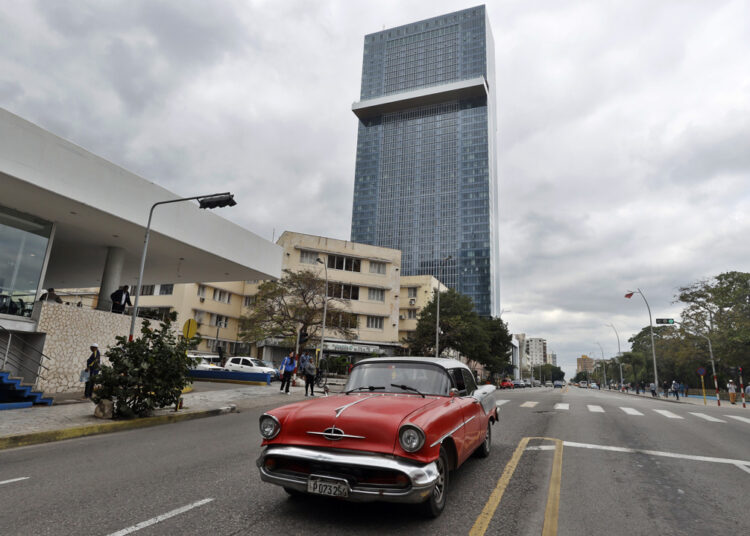Cuba received only 196,004 tourists in January, its worst figure for that month since 2022, when the country was beginning to emerge from the pandemic.
This is 24.6% less than the same period in 2024 — a decrease of almost 64,000 tourists — according to figures published by the National Office of Statistics and Information (ONEI).
According to ONEI data, the number of visitors in the first month of the year — one of the main months of the so-called high season — is considerably far from the 259,898 in January 2024 and the 249,255 in January 2023.
On the other hand, it does exceed the 86,483 reported in the same period in 2022.
After failing to meet the government’s goal of 2.7 million visitors — a figure reduced from the original target of 3.2 million — the island’s authorities expect to reach 2.6 million in 2025. However, that goal already seems complicated from the start after this drop in January.
Markets in decline
The main source country in the first month of the year was, as usual, Canada, with 88,980 vacationers. However, this figure represents only 70% of those arriving from that nation in January 2024.
The following countries were the United States (13,666), Russia (11,974), Germany (6,389) and France (4,561), while the community of Cubans abroad represented the second place in visitors with just over 21,000.
Only one country of the 10 main issuers registered an increase in visitors in January compared to the same period in 2024: Germany, with 3%.
In general, the year-on-year falls in the main markets ranged between 2.4% for the United States and 30% for Canada, with the exception of Russia, which suffered a much greater decline.
The Eurasian nation, on which the Cuban government has bet heavily amid the decline of traditional markets in recent years, experienced a drop of almost half of the visitors registered in January of last year: 46.3%.
Enjoy Travel Group to reinforce its tasks in Cuba, despite fall in tourism on island
Tourism in times of crisis
The weakness of the Cuban tourism sector, which for years has been the economic engine of the island, is related, among other factors, to the serious crisis that the country is suffering — a burden on the hospitality sector — and to U.S. sanctions.
Tourism is essential to the government’s plans, due to its contribution to the gross domestic product (GDP) and the inflow of foreign currency that it represents (traditionally only behind professional services and remittances).
Cuba received 2.2 million international visitors in 2024, 2.4 million in 2023 and 1.6 million in 2022, according to official data. These figures are far from those of 2019 (4.2 million) and 2018 (4.6), the two years prior to COVID-19.
Currently, the tourism situation on the island contrasts with that of similar destinations in the Caribbean region, such as Punta Cana (Dominican Republic) and Cancun (Mexico), which are registering record numbers of visitors after the pandemic.
EFE/OnCuba










The exchange rate for the Canadian dollar in CUC’s is abysmal. That isn’t helping draw Canadians .